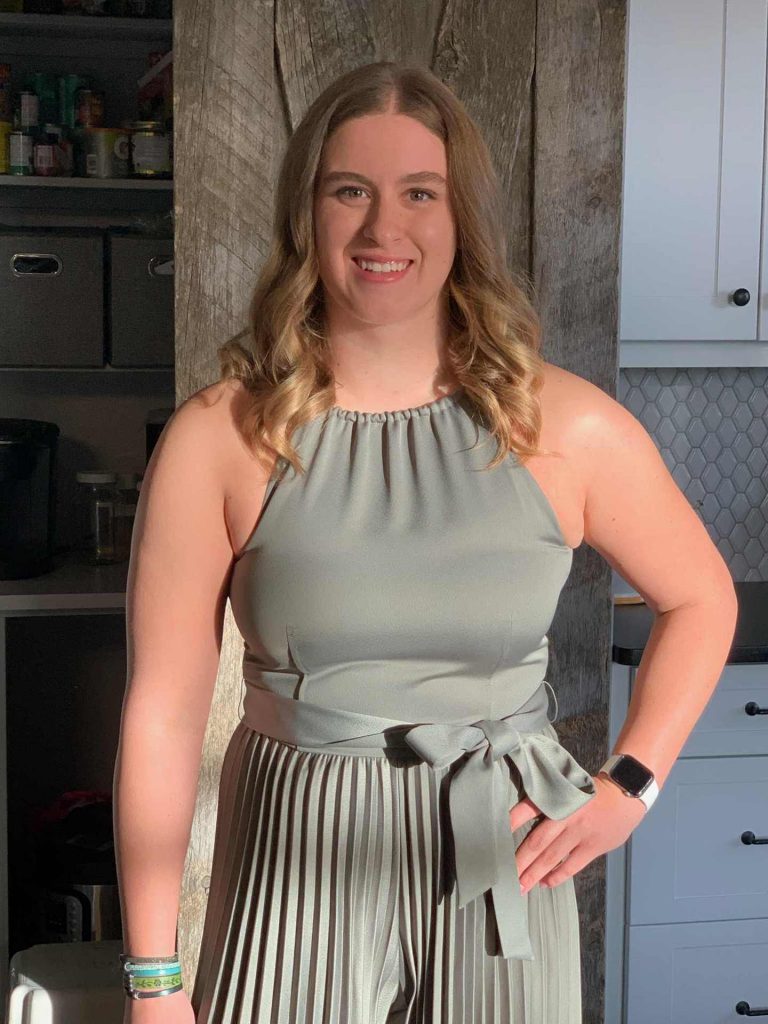Not Fake News
Our world is so heavily dependent on social media and the internet to get our news. I know for myself when I hear any sort of news I go and google it to read more about it and having the digital literacy skills to decide what is important and what is reliable is a must-have skill!
Thinking back, I didn’t ever learn these skills in school. We talked about reliable sources but until recently I still wouldn’t say confidently I knew how to tell if a source was reliable or not. So when I think about how to teach digital literacy skills I am at a bit of a loss. It is such an important topic but at the same time could be really complicated and I worry about it being too much information for the grade range I want to teach (Grades 1-4). Some of the resources I read this week from the list were super helpful when thinking about how best to engage students and teach this important skill in a way that will be engaging and actually make a difference in their thinking.

Framework from the NCTE
The first thing that really stood out to me was the NCTE Framework. This stood out to me because my takeaway from it was that in today’s society, digital literacy is equally as important as the language literacy we learn about in class. All of the definitions are the same for digital literacy and ‘other’ literacy. NCTE explains the aspects of digital literacy really well and as a future educator, this helped me to understand the goals of teaching digital literacy and what students or anyone should be able to do as literate adults.

Clickbait – Retrieved from TRU Libraries
By being digitally literate we are able to combat fake news and find dependable, reliable sources that can be of use. Part of the dangers is that fake news has become so common and it is so difficult to know what’s real and what’s fake. This brings me to my second takeaway of the night. According to TRU Libraries, there are different purposes and types of fake news. The first type is Clickbait, which means it is a headline geared towards getting clicks to generate add revenue.

Sponsored content – retrieved from TRU Libraries
The second type is Sponsored content, this is a story that appears as journalism but is actually public relations or advertising.And lastly, the third type is Fabricated Journalism, this means that the stories are completely made up and include fabricated quotes and resources.

Fabricated News – retrieved from TRU Libraries
I think that teaching digital literacy to young students needs to be engaging. It needs to be done in a way that engages students, is creative, and is connected to their interests. One idea I came up to teach Grade Four or Five students was to create an activity where they had to do a bit of research on a topic of interest and as EdCan suggests, have them use information verification websites such as Snopes to verify their information as correct. There are so many helpful important strategies we can teach them such as Reading Laterally which we talked about in class where they can cross reference their website and investigate the website instead of the information to verify if it is a reliable source. Remebering to check the author, check the date, check the website notes, to see if it is recent, recently updated, and what some of the reviews may be. Another interesting way EdCan suggested was to bring real-world fake news and real news examples in and have students challenge their skills and see if they can identify if it is real or fake.
Overall there are so many engaging ways we can teach students to be digitally literate and it has become increasingly more important over time. These are skills we must have to succeed in today’s society, so let’s use the resources and teach it with the importance of major subjects such as math, English, and science as there are countless ways we can incorporate it into the curriculum. A quick example is CR4.1 in the Saskatchewan Grade 4 English Curriculum, which is “Comprehend and respond to a variety of grade-level texts. or CR4.2 “View and respond to visual and multimedia texts (including graphs, charts, diagrams, maps, multimedia DVD, websites, television programs, ads, posters) explaining the creator’s technique and the impact on viewers”. These alone are just two simple outcomes we can use to incorporate digital literacy activities and have students practice their skills.




Hello Stella!
I really enjoyed reading your blog post! Your insights on the importance of digital literacy in today’s world are spot on. It’s true that we’re increasingly relying on social media and the internet for news, and having the skills to discern reliable information is crucial. Your reflections on the NCTE Framework and the different types of fake news are very helpful. I agree that teaching digital literacy to young students needs to be engaging and connected to their interests. Your idea of using information verification websites like Snopes and teaching strategies like reading laterally is excellent. Incorporating digital literacy into the curriculum, as you mentioned with the Saskatchewan Grade 4 English Curriculum examples, is a great approach. Thanks for sharing these valuable strategies and ideas!
Thanks, Nikol! I appreciate you taking the time to read through my blog. It seems like we have a lot of the same views on how to teach digital literacy and the importance behind it. I loved our conversation in class the other night. It is so nice to see a familiar face in the breakout rooms.
Hi Stella Loved reading your blog post! It was very informative and well thought out. Your thoughtful approach to teaching digital literacy is commendable and sets a strong foundation for helping students navigate the complexities of the digital world. Engaging students with practical, real-world examples and integrating these skills across the curriculum will undoubtedly prepare them to be more informed and responsible digital citizens.